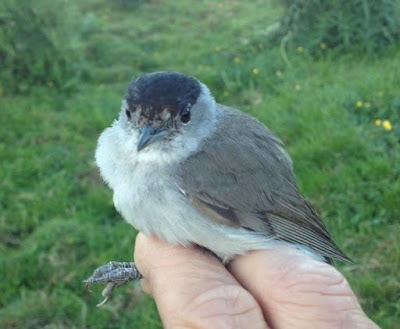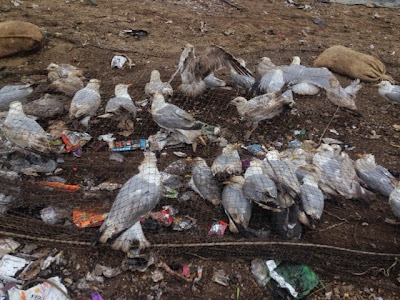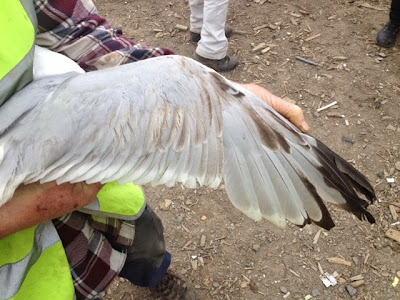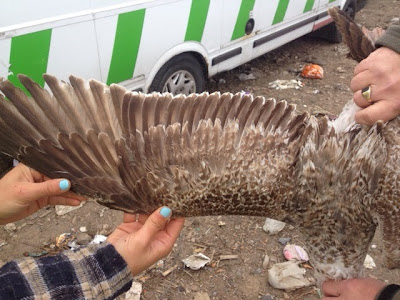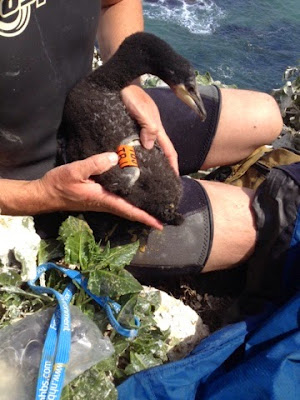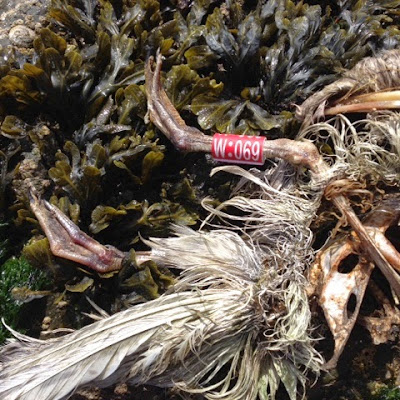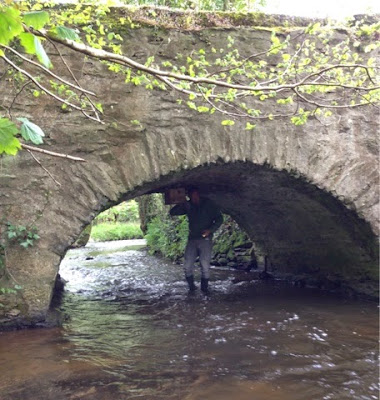Early spring has always been a bit hit and miss at Nanjizal. With the site being so
exposed to the winter weather, the vegetation growth usually lags behind sites just inland, so we presume that early migrants overfly the rather wintery-looking site. Like a lot of other sites in the southwest, early spring is dominated by Willow Warbler
and Chiffchaff, but constant northwesterly winds are never good news, and this year seems to be no exception.
When the wind does drop, birds seem to find themselves further east; perfect for Portland Bill!
Over the last winter, the surrounding fields at Nanjizal held good numbers of Reed Bunting and the first ringing session of
the season targetting them (on 5th March) saw a nice surprise in the form of a
Little Bunting. It could well have been overlooked during the winter months, but was light, with little in the way of fat, so
may have actually been on the move back north.
Chiffchaff numbers were very low in March and only
one Willow Warbler was ringed, but things improved in April following a period of good weather. Despite there being no large numbers of Willow Warbler
or Chiffchaff present, the vegetation is improving and Blackcap are finding the flowering Blackthorn to their
liking, with the first Grasshopper Warbler and Whitethroat also now in.
Highlight of the spring so far came at the start of April though, with three Hoopoes frequenting rough, pony-grazed pasture next to the site. On consecutive days, a male and female were caught, giving a great opportunity to compare plumage details on these two second-year birds.
We won't necessarily tell you which is which of these two birds, but if you'd like to have a go at sexing them yourself then there's a great online resource
here:



